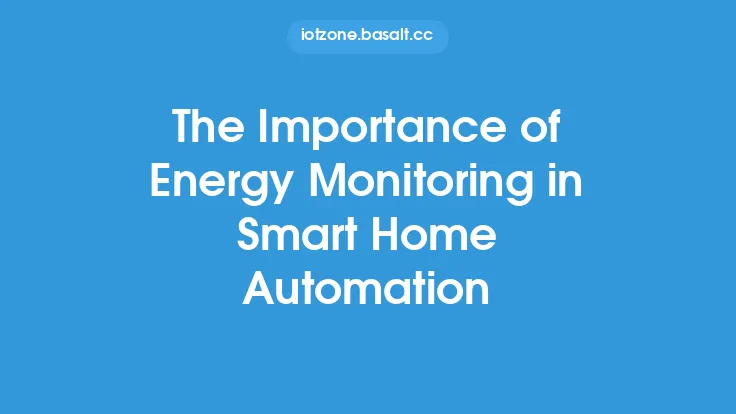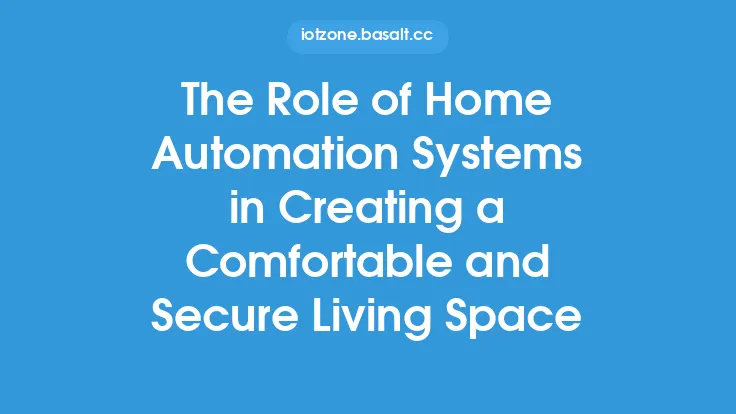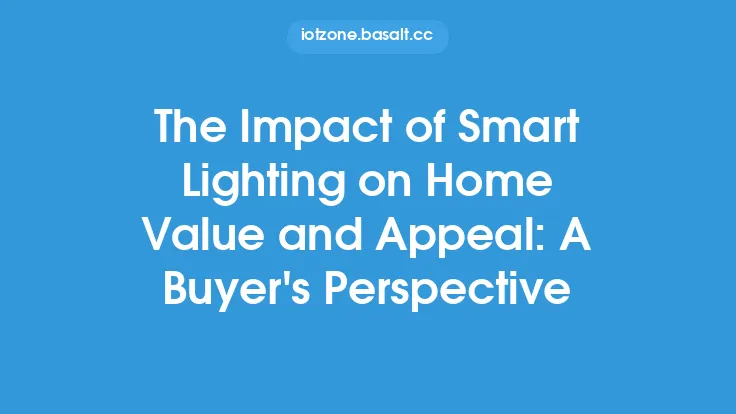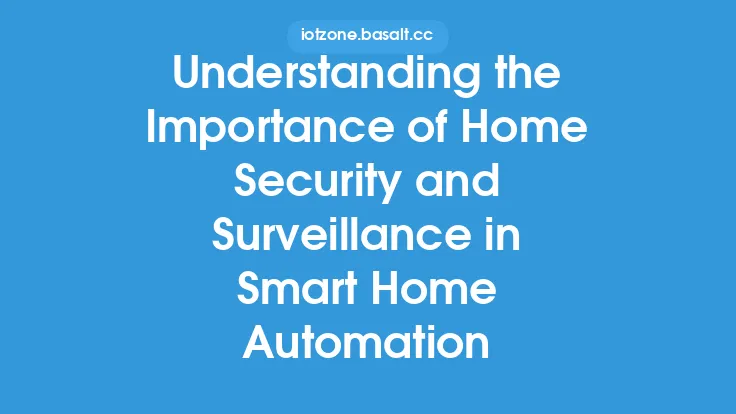The concept of smart lighting has revolutionized the way we interact with our living spaces, transforming the humble light bulb into a sophisticated tool for enhancing ambiance, efficiency, and convenience. At the heart of this transformation lies the integration of smart lighting with home automation systems, enabling homeowners to control and customize their lighting experiences like never before. In this comprehensive overview, we will delve into the role of smart lighting in home automation, exploring its key components, technologies, and benefits.
Introduction to Smart Lighting Control
Smart lighting control refers to the use of advanced technologies to regulate and manage lighting systems within a home. This can include a wide range of features, such as scheduling, dimming, color changing, and energy monitoring. By integrating smart lighting control with home automation systems, homeowners can create a seamless and intuitive experience, where lighting adjusts automatically to their needs and preferences. For instance, a smart lighting system can be programmed to turn on the lights when a homeowner enters a room, or to adjust the color temperature and brightness based on the time of day.
Key Components of Smart Lighting Systems
A typical smart lighting system consists of several key components, including:
- Lighting fixtures: These are the physical devices that produce light, such as LED bulbs, strips, or panels. Smart lighting fixtures often feature advanced technologies like Wi-Fi or Bluetooth connectivity, allowing them to communicate with other devices and systems.
- Control devices: These are the interfaces used to control and manage the lighting system, such as wall switches, remote controls, or mobile apps. Control devices can be wired or wireless, and may feature advanced features like voice control or gesture recognition.
- Hub or bridge: This is the central component that connects the lighting system to the home automation network, enabling communication and control between devices. Hubs or bridges often support multiple protocols and technologies, allowing for seamless integration with other smart devices.
- Sensors and detectors: These are used to monitor and respond to various environmental factors, such as occupancy, daylight, or temperature. Sensors and detectors can be used to trigger automated lighting scenes or adjustments, enhancing the overall efficiency and convenience of the system.
Smart Lighting Technologies and Protocols
Smart lighting systems rely on a range of technologies and protocols to enable communication and control between devices. Some of the most common include:
- Wi-Fi: A popular wireless protocol used for internet connectivity, Wi-Fi is often used in smart lighting systems to enable remote control and monitoring.
- Bluetooth: A wireless personal area network technology, Bluetooth is commonly used in smart lighting systems for device-to-device communication and control.
- Zigbee: A low-power, low-data-rate wireless protocol, Zigbee is often used in smart lighting systems for mesh networking and device communication.
- Z-Wave: A wireless home automation protocol, Z-Wave is used in smart lighting systems for device control and communication, offering high reliability and low latency.
- DALI (Digital Addressable Lighting Interface): A protocol used for digital lighting control, DALI enables advanced features like dimming, color changing, and energy monitoring.
Benefits of Smart Lighting in Home Automation
The integration of smart lighting with home automation systems offers a wide range of benefits, including:
- Enhanced convenience: Smart lighting systems can be controlled and automated to respond to various scenarios and events, making it easier to manage and maintain a comfortable living environment.
- Energy efficiency: Smart lighting systems can optimize energy consumption by adjusting lighting levels, color temperatures, and schedules based on occupancy, daylight, and other factors.
- Improved ambiance: Smart lighting systems can create a wide range of ambiance and mood settings, using color, brightness, and other parameters to enhance the aesthetic and emotional experience of a space.
- Increased safety and security: Smart lighting systems can be integrated with security cameras, doorbells, and other devices to enhance home safety and security, providing alerts and notifications in case of suspicious activity.
Technical Considerations and Challenges
While smart lighting systems offer many benefits, there are also several technical considerations and challenges to be aware of, including:
- Interoperability: Ensuring seamless communication and control between devices from different manufacturers can be a challenge, requiring careful selection and configuration of compatible components.
- Cybersecurity: Smart lighting systems can be vulnerable to cyber threats, highlighting the importance of robust security measures, such as encryption, secure authentication, and regular software updates.
- Power consumption: Smart lighting systems can consume more power than traditional lighting systems, particularly if devices are not properly configured or optimized for energy efficiency.
- Network congestion: The increasing number of devices connected to home automation networks can lead to congestion and latency issues, requiring careful network planning and optimization.
Best Practices for Implementing Smart Lighting Systems
To ensure a successful and effective smart lighting system, it's essential to follow best practices, including:
- Conduct a thorough needs assessment: Identify the specific requirements and goals of the smart lighting system, considering factors like energy efficiency, ambiance, and convenience.
- Choose compatible components: Select devices and systems that are compatible and interoperable, ensuring seamless communication and control.
- Configure and optimize the system: Properly configure and optimize the smart lighting system to ensure energy efficiency, convenience, and performance.
- Monitor and maintain the system: Regularly monitor and maintain the smart lighting system to ensure it continues to meet the needs and expectations of the homeowner.
Conclusion
The role of smart lighting in home automation is a vital one, offering a wide range of benefits and opportunities for enhancing convenience, energy efficiency, and ambiance. By understanding the key components, technologies, and protocols involved, homeowners and professionals can design and implement effective smart lighting systems that meet the unique needs and requirements of each space. As the smart home automation market continues to evolve and grow, it's likely that smart lighting will play an increasingly important role, driving innovation and adoption in the years to come.





